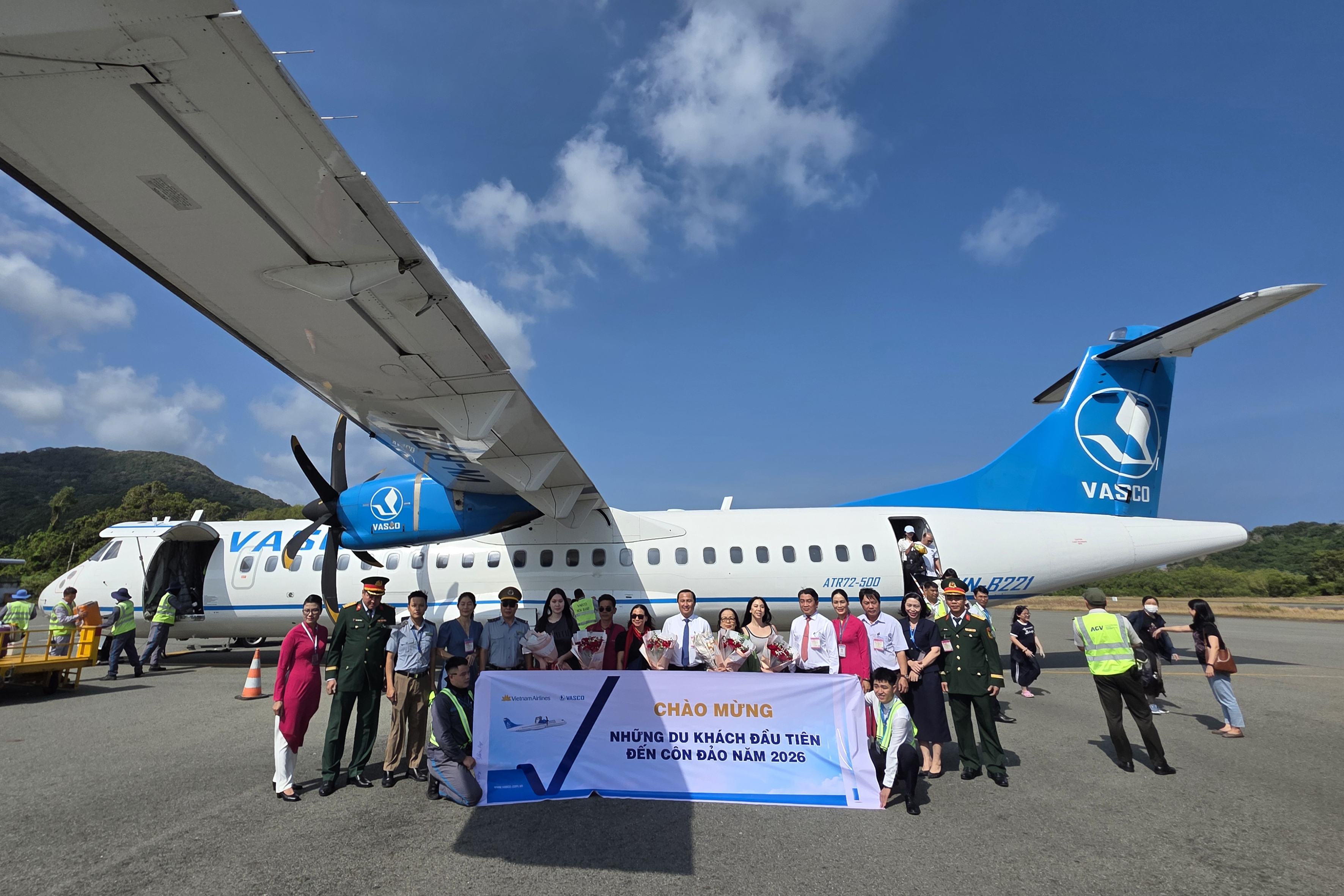Starting on November 28th, VNA will send its Boeing 787-9 to San Francisco from Ho Chi Minh City two times per week. The airline will expand services as travel restrictions allow it to do so. The flight comes after 20 years of VNA laying the groundwork to finally launch nonstop flights between the US and Vietnam.
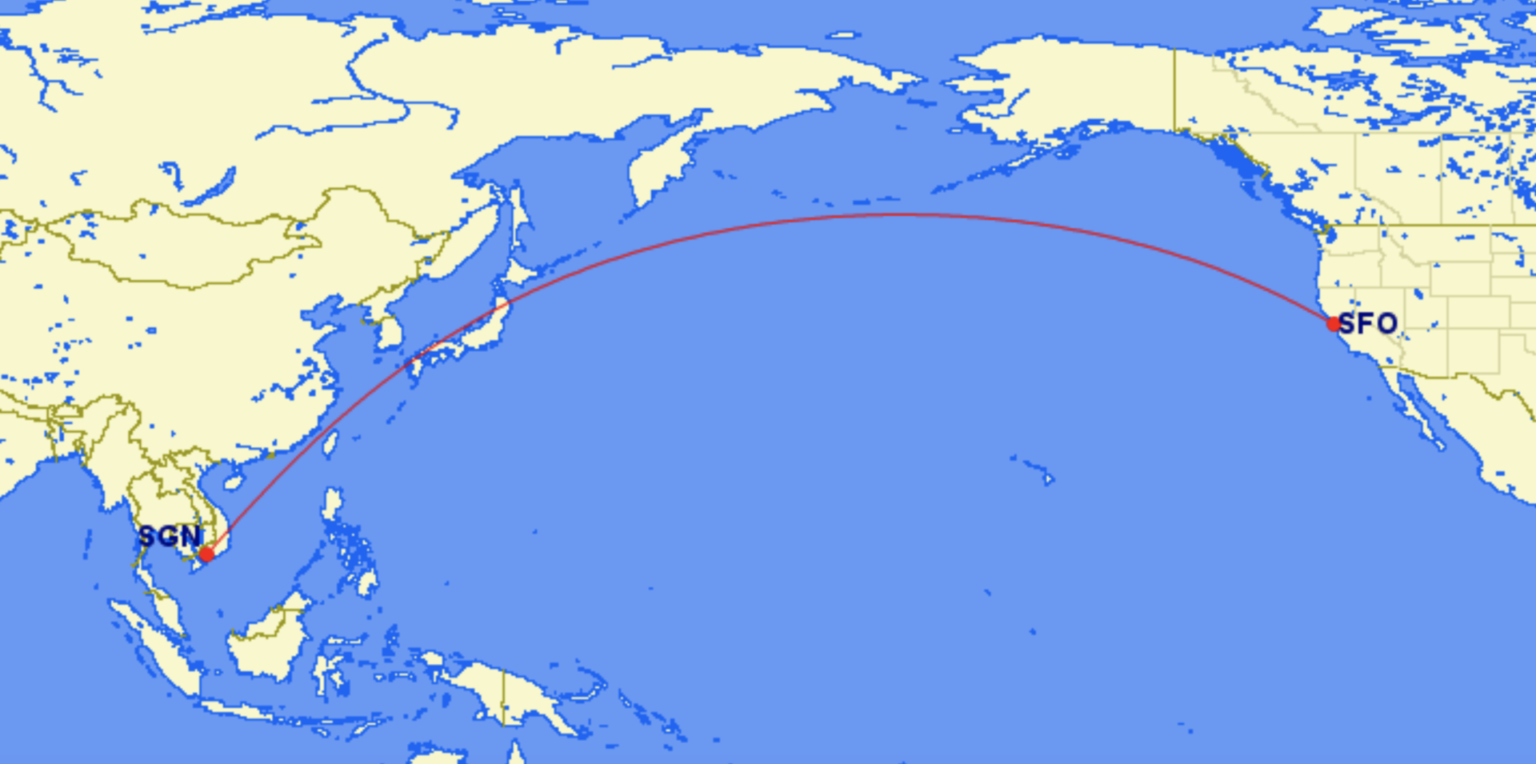
VNA will launch flights to San Francisco
Starting on November 28th, VNA will fly nonstop from Tan Son Nhat International Airport (SGN) in Ho Chi Minh City, Vietnam, to San Francisco International Airport (SFO) in California. The flight is blocked to take 13 hours and 50 minutes from SGN to SFO and 16 hours and 40 minutes on the return to SGN from SFO. The first flight will leave SGN in the evening of November 28th. The first flight from SFO will leave the next day, November 29th, and land in Vietnam on December 1st.
Flights will initially operate twice per week. Depending on travel restrictions, the airline will increase its flights to seven operations per week on the route. This is dependent on Vietnam announcing the reopening of its international borders. Until then, the airline will run a smaller schedule.
The Boeing 787-9
VNA will fly to San Francisco using its Boeing 787-9 aircraft. In the future, the airline may also start flying the Airbus A350 to the US. But for now, with international travel still down, VNA is not short on widebodies. That situation may change as the airline brings back services when Vietnam reopens. The aircraft is also an American-made one, which may have been a consideration in planning this route.
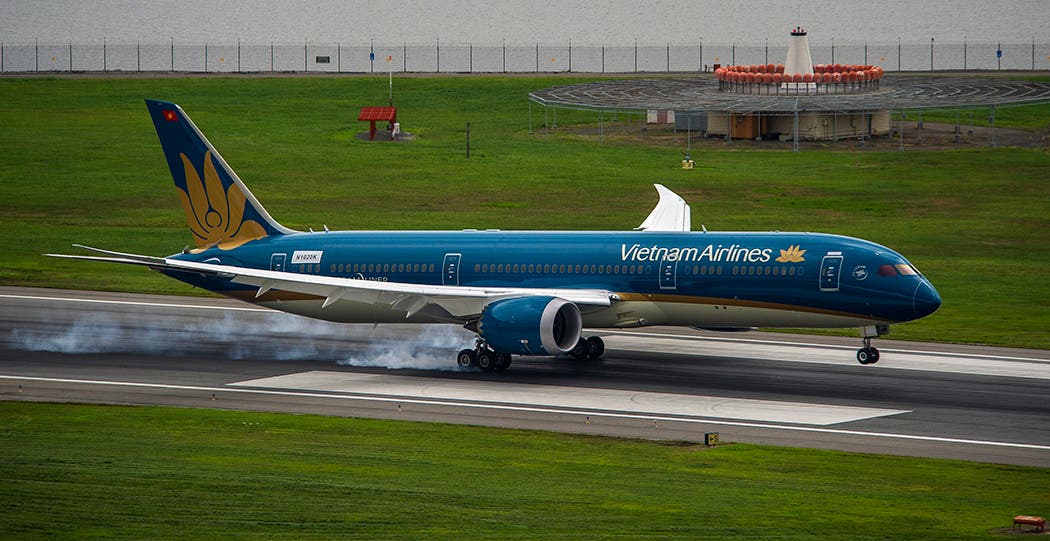
VNA has a few different 787 configurations in its fleet. One is more common on international routes, and that seats 274 passengers. This specific configuration includes 28 reverse herringbone, lie-flat business class seats, 35 premium economy seats, and 211 standard economy seats. The other configuration seats 311 with 28. This configuration does not offer a premium economy product.
A long road
On November 28th, 2001, VNA established a representative office in the US. This was the first step in a long road to getting the airline to launch nonstop international service between the United States and Vietnam. Since then, the airline has been working on plans to fly here. One of the problems was the lack of an efficient aircraft to make nonstop international service work. While the Boeing 787 makes that route possible, it will take time and effort to make it profitable.
There were also some regulatory issues VNA needed to work through. It was not until February of 2019 that the United States Federal Aviation Administration (FAA) granted Vietnam a Category 1 safety rating, allowing airlines that receive the requisite authorizations to launch flights to the US and codeshare with US airlines. After Vietnam received its Category 1 rating, there was strong speculation that VNA was on the cusp of launching new flights and even potentially ordering new aircraft to launch flights.
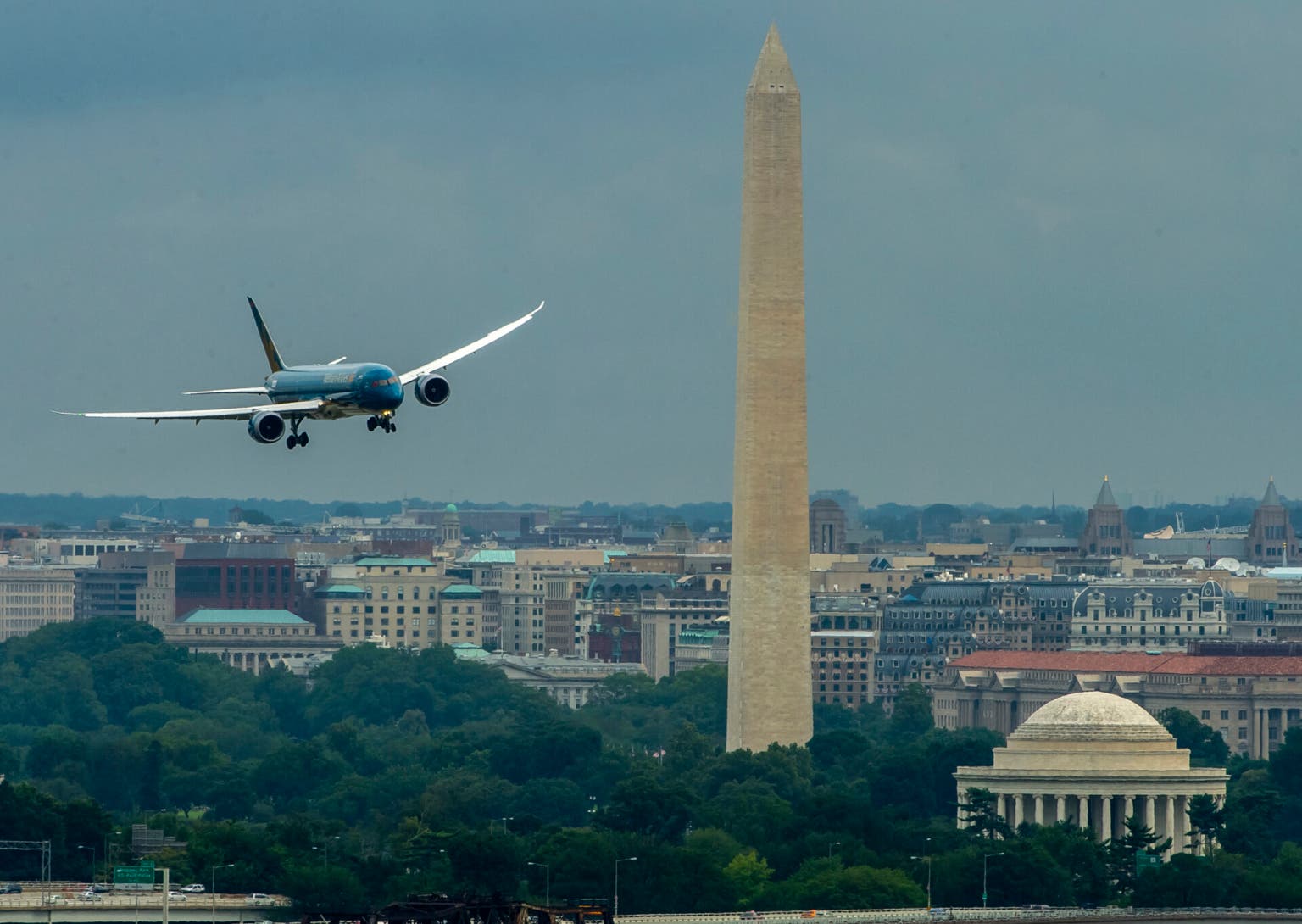
Things changed when the crisis hit. Vietnam quickly shut its borders, and VNA changed from an airline that was on a growth trajectory in a country seemingly growing in demand for tourism to operating repatriation flights from far corners of the world. Through repatriations, the airline first landed in the United States, operating flights from California and Texas, among others. Earlier this year, the airline began to look closely again at US flights.
Now, with expanding vaccinations and vaccine availability and requisite approvals in hand, VNA is ready to flex its muscles as the flag carrier of Vietnam and launch the first nonstop flights between the United States and Vietnam.
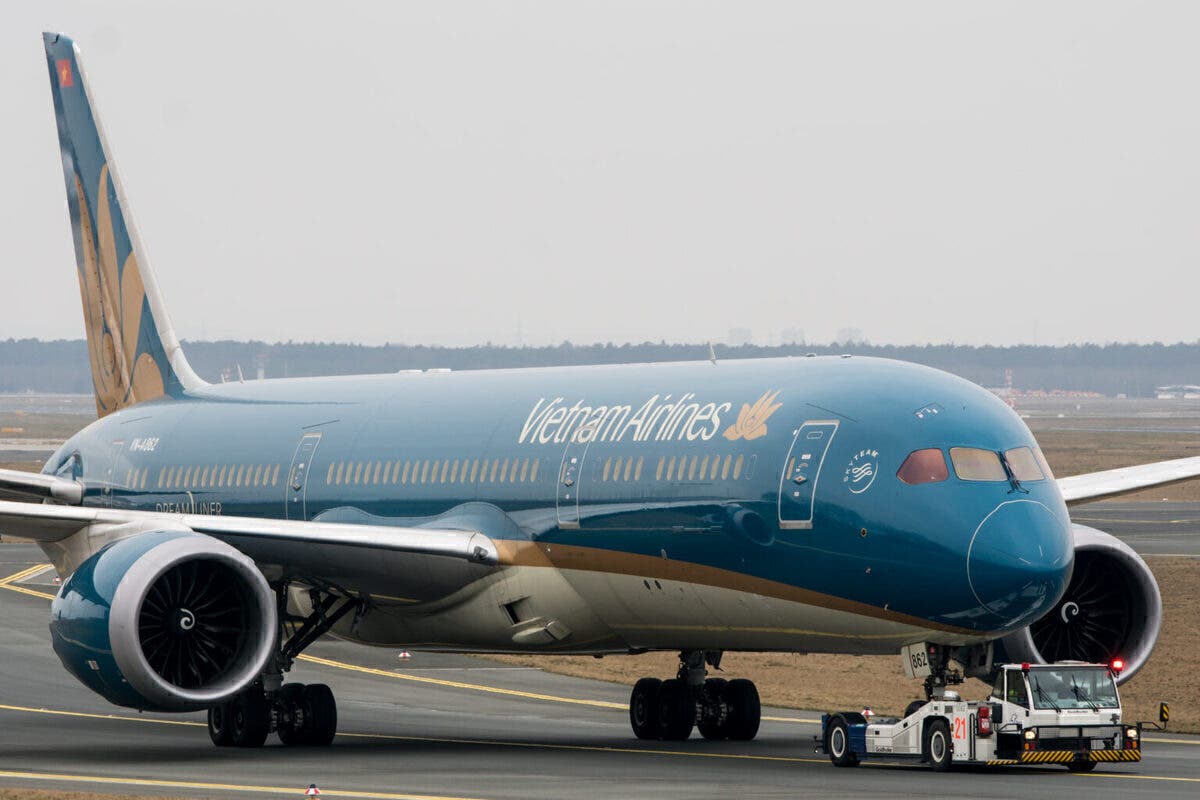
VNA is a member of the SkyTeam alliance. It has a codeshare partnership in place with Delta Air Lines. However, for airline passengers to get to the US with this partnership, they have to connect in a place like Tokyo, going from VNA’ planes to a Delta one. While San Francisco is not a hub for Delta, VNA will likely seek to expand some of its codeshares with Delta to broaden its reach of destinations.
The next step for VNA will likely include Los Angeles. Another major city on the West Coast, this airport is a major gateway to Asia and serves as a Delta hub, meaning the possibility for further connections. Of course, this growth is likely to come after VNA examines how its San Francisco services have performed and may not come until the country’s borders reopen. For now, San Francisco is on the horizon for VNA.
Cre: Simple Flying
Nguyen Mai Huong-COMM



